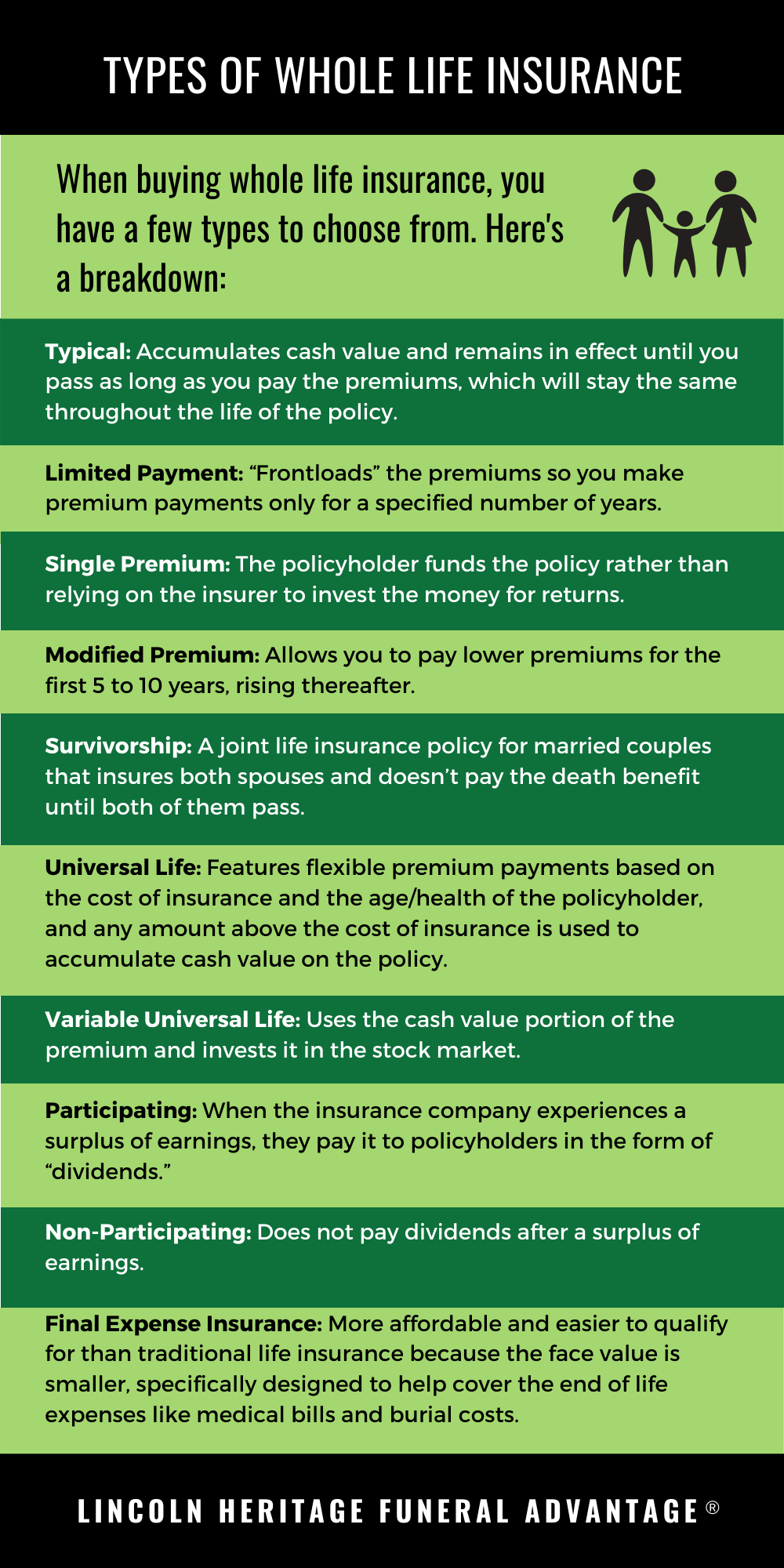Pedestrians are vulnerable road users and often sustain severe injuries in car accidents. However, in some cases, pedestrians may also be at fault for causing an accident. Here are some instances when a pedestrian may be held liable for a car accident:
- Jaywalking: Crossing the street outside of a designated crosswalk is illegal in most jurisdictions. If a pedestrian is jaywalking and is struck by a car, they may be found partially or fully at fault for the accident.
- Failing to yield to traffic: Pedestrians must yield to oncoming traffic at crosswalks and intersections. If a pedestrian fails to yield and is struck by a car, they may be held liable for the accident.
- Walking while intoxicated: Pedestrians who are under the influence of alcohol or drugs are more likely to make poor decisions, such as jaywalking or failing to yield to traffic. If a pedestrian is walking while intoxicated and is struck by a car, they may be found at fault for the accident.
- Distracted walking: Pedestrians who are distracted by their phones or other electronic devices are more likely to be involved in accidents. If a pedestrian is distracted and is struck by a car, they may be held partially at fault for the accident.
- Wearing dark clothing at night: Pedestrians who are wearing dark clothing at night are more difficult for drivers to see, which can increase the risk of an accident. If a pedestrian is wearing dark clothing at night and is struck by a car, they may be held partially at fault for the accident.
It is important to note that even if a pedestrian is found to be at fault for causing an accident, the driver of the car may still be held liable for damages if their negligence contributed to the accident. For example, if a pedestrian is jaywalking and is struck by a car that is speeding, the driver of the car may be held liable for the pedestrian’s injuries even though the pedestrian was at fault for jaywalking.
When Is a Pedestrian at Fault for a Car Accident?
Pedestrians are just as vulnerable to car accidents as drivers, but when they’re the ones at fault, the consequences can be just as severe. Here are some scenarios where a pedestrian’s negligence can lead to an accident:
jaywalking mid-block where vehicle traffic does not expect pedestrians.
Pedestrian Negligence in Car Accidents
Just like drivers, pedestrians have a responsibility to exercise reasonable care to avoid accidents. When they fail to do so, they can be held liable for the damages they cause. Common examples of pedestrian negligence include:
• Crossing the street outside a designated crosswalk
• Crossing a street between parked cars
• Crossing a street while under the influence of alcohol or drugs
• Distracted walking, such as talking on a cell phone or texting
• Wearing dark clothing or walking at night without reflective gear
• Walking in the middle of the road instead of on the sidewalk
• Darting out into the street
It’s important to be aware of these potential hazards and to take steps to avoid them. Pedestrians should always use crosswalks, never drink and walk, and be aware of their surroundings while walking. By following these simple tips, you can help to prevent car accidents and keep yourself safe.
Personal injury lawyer Erica Wildman in this ABC 11 News video, said on camera, “Pedestrians have a legal obligation to keep a proper lookout for cars and to not walk into the path of oncoming traffic. Drivers may not always see someone in the roadway, particularly at night or from a distance. Just because a pedestrian has the right of way does not excuse them from using reasonable caution. Injured pedestrians should document the scene by taking photographs and getting witness contact information. They need to seek medical treatment to establish the extent of their injuries and causation from the accident.”
Pedestrians must remain vigilant and aware of their surroundings. Even if drivers have a duty to yield, pedestrians can be liable for their own injuries if they fail to take reasonable precautions.
If you’re a pedestrian involved in a car accident, it’s important to speak with a personal injury attorney to discuss your rights and options. You may be entitled to compensation for your injuries, lost wages, and other damages.
When is a Pedestrian at Fault for a Car Accident?
Pedestrians are vulnerable road users who are at risk of being injured or killed in car accidents. In many cases, pedestrians are not at fault for these accidents; however, there are some cases in which a pedestrian may be found to be at fault.
Courts and insurance companies will consider several factors when determining whether a pedestrian is at fault for an accident, including whether the pedestrian:
Was in the roadway without the right-of-way
Pedestrians generally do not have the right-of-way over vehicles on the road. This means that pedestrians must yield to vehicles when crossing the street, even if they are in a crosswalk. In some cases, a pedestrian may be found to be at fault for an accident if they were in the roadway without the right-of-way. This could include situations where the pedestrian was jaywalking or crossing the street against a red light.
For instance, if a pedestrian is crossing the street in the middle of the block and is hit by a car, the pedestrian may be found to be at fault for the accident because they did not have the right-of-way. However, if a pedestrian is crossing the street in a crosswalk and is hit by a car, the driver of the car may be found to be at fault for the accident because they did not yield to the pedestrian.
Drivers have a duty to be aware of pedestrians and to yield to them when necessary. However, pedestrians also have a responsibility to be aware of their surroundings and to take reasonable steps to avoid being hit by a car. By following these tips, pedestrians can help to reduce their risk of being involved in an accident.
Pedestrians should always be aware of their surroundings and take steps to avoid being hit by a car. This includes looking both ways before crossing the street, even if they are in a crosswalk, and avoiding crossing the street in the middle of the block. Pedestrians should also be aware of the speed of oncoming traffic and make sure that they have enough time to cross the street safely.
When Is a Pedestrian at Fault for a Car Accident?
Pedestrians and motorists alike have a responsibility to share the road safely. However, there are instances when a pedestrian may be held liable for causing or contributing to an accident.
Failure to Yield Right-of-Way
One common scenario is when a pedestrian fails to yield the right-of-way to a vehicle at an intersection or crosswalk. This negligence can put both the pedestrian and the driver at risk. Pedestrians must always look both ways before crossing the street, even if they have the green light. They should also be aware of any posted signage or traffic signals.
Jaywalking
Jaywalking, or crossing the street outside of a designated crosswalk, is another form of negligence that can lead to an accident. Pedestrians should avoid jaywalking whenever possible. If they must cross outside of a crosswalk, they should do so with extreme caution and after ensuring that it is safe.
Distracted Walking
In today’s digital age, it’s all too common to see people walking while texting, talking on the phone, or listening to music. These distractions can impair a pedestrian’s ability to perceive their surroundings and react to potential hazards. Pedestrians should always stay alert and focused on their surroundings while walking, especially in busy areas.
Intoxication
Pedestrians who are under the influence of alcohol or drugs are at an increased risk of being involved in an accident. Alcohol and drugs can impair judgment, reaction time, and coordination. Pedestrians who are intoxicated should not walk on or near roadways.
Comparative Negligence
In some cases, both parties involved in an accident may be found to be at fault. If a pedestrian is found to be partially negligent, their damages may be reduced by the percentage of fault assigned to them. For example, if a pedestrian is found to be 25% at fault for an accident, they may only be able to recover 75% of their damages from the other party.
When is a Pedestrian at Fault for a Car Accident?
Pedestrians and drivers alike share the responsibility of ensuring safety on the road. However, there are certain situations where pedestrians may bear some or all of the blame for a car accident. Understanding these scenarios can help prevent accidents and protect both parties.
Crossing Outside Designated Areas
Pedestrians are at an increased risk of accidents when they cross the street outside of designated crosswalks or intersections. These areas are designed to provide a safe and controlled environment for pedestrians to cross, as drivers are more likely to be aware of their presence. Crossing in undesignated areas can lead to accidents, especially if drivers do not have a clear view of the pedestrian.
Disregarding Traffic Signals
Pedestrians must obey traffic signals just like drivers. Running a red light or crossing against a “Don’t Walk” sign is not only illegal but also dangerous. Drivers have the right of way when the light is green, and pedestrians who ignore the signal put themselves at risk of being hit by a car.
Intoxication
Alcohol and drug impairment can significantly impair a pedestrian’s judgment and reaction time. Intoxicated pedestrians may make poor decisions, such as crossing the street in front of oncoming traffic or failing to obey traffic signals. These actions can lead to accidents that would not have occurred if the pedestrian had been sober.
Distractions
Distractions, such as texting or talking on the phone while walking, can prevent pedestrians from paying attention to their surroundings. They may not notice oncoming traffic or other hazards, increasing the likelihood of an accident. It is crucial for pedestrians to remain alert and focused on their surroundings to avoid distractions.
Unforeseeable Circumstances
In some cases, a pedestrian may be at fault for an accident even if they did not engage in any negligent behavior. For example, if a driver suddenly suffers a medical emergency and loses control of their vehicle, a pedestrian may not have time to react and avoid the accident. These situations are rare, but they can occur, and it is important to be aware of them.
When Is a Pedestrian at Fault for a Car Accident?
Every day, countless Americans navigate the streets as pedestrians. However, the unfortunate reality is that pedestrian accidents are far from uncommon. While motorists often bear the brunt of the blame, situations do arise where pedestrians share, or even shoulder, the responsibility for a collision.
Distracted walking is a major contributor to pedestrian accidents. When people are preoccupied with their phones, headphones, or other distractions, their attention is diverted from the road and their surroundings. As a result, they may fail to notice oncoming traffic or other potential hazards.
Distracted Walking
Using electronic devices or engaging in other activities while walking can impair a pedestrian’s ability to pay attention to their surroundings and react to potential hazards. This is especially true when crossing the street, as pedestrians need to be fully aware of traffic conditions before stepping into the roadway. Studies have shown that distracted walking can increase the risk of a pedestrian accident by as much as 50%. In some cases, distracted walking may even be considered negligence, which could impact the pedestrian’s ability to recover damages from a motorist.
Jaywalking
Jaywalking is another common cause of pedestrian accidents. Jaywalking refers to crossing the street outside of a designated crosswalk or at an intersection where there is no traffic signal. Pedestrians who jaywalk are often more difficult for motorists to see, and they may not have the right of way when crossing the street. As such, jaywalking can be considered a contributing factor to a pedestrian accident, even if the motorist was also negligent.
Intoxication
Intoxication can also impair a pedestrian’s judgment and reaction time, making them more likely to cause or contribute to an accident. Alcohol and drug use can affect a person’s balance, coordination, and ability to make sound decisions. Pedestrians who are intoxicated may be more likely to stumble into the street, cross against the light, or otherwise behave in a manner that puts them at risk.
Wearing Dark Clothing
At night, pedestrians who are wearing dark clothing are more difficult for motorists to see. This is especially true if the pedestrian is walking on an unlit road or in an area with poor visibility. Pedestrians should always wear bright or reflective clothing when walking at night, especially in areas where there is heavy traffic. By making themselves more visible, pedestrians can reduce their risk of being involved in an accident.
Failing to Yield
Pedestrians have the right of way at crosswalks, but they also have a responsibility to yield to oncoming traffic. Pedestrians should always make eye contact with motorists before crossing the street, and they should never assume that a motorist will stop for them. If a pedestrian fails to yield to oncoming traffic, they may be considered at fault for an accident, even if the motorist was speeding or otherwise negligent. Remember, it’s always better to be safe than sorry. By following these simple tips, pedestrians can help to reduce their risk of being involved in an accident.
When is a Pedestrian at Fault for a Car Accident?
Pedestrians and drivers share the responsibility of keeping each other safe on the road. However, there are situations when a pedestrian may be at fault for a car accident. Understanding when this occurs can help prevent future incidents.
Intoxication
Alcohol or drug impairment can affect a pedestrian’s judgment, balance, and ability to make safe decisions, increasing their risk of being involved in an accident. Intoxication can impair a pedestrian’s ability to perceive oncoming traffic, make rational decisions, and react quickly to avoid danger. Pedestrians who are intoxicated are more likely to engage in risky behaviors such as jaywalking or walking in the middle of the street.
Jaywalking
Jaywalking, or crossing the street in an unauthorized area, is a common pedestrian violation that can lead to an accident. When pedestrians cross outside of designated crosswalks, they may enter the path of oncoming vehicles without giving drivers adequate time to react. Jaywalking is illegal in many areas, and pedestrians who do so may be held partially or fully liable for any resulting accidents.
Failure to Yield
Pedestrians have the right-of-way at designated crosswalks, but they must also yield to oncoming traffic when crossing in other areas. Failing to yield can put pedestrians in danger if they step into the path of a moving vehicle. Pedestrians should always make eye contact with drivers and ensure that they have stopped or slowed down before proceeding to cross.
Distraction
Distractions have become a major issue on the road, affecting both drivers and pedestrians. Pedestrians who are engrossed in their smartphones or other devices may not be aware of their surroundings and may walk into traffic without looking. Even small distractions can lead to accidents if pedestrians are not paying attention to where they are going.
Running Red Lights
Running red lights is a serious traffic violation that can put both pedestrians and drivers at risk. When pedestrians disregard traffic signals, they may enter the intersection at an unexpected time, increasing the likelihood of being struck by a vehicle. Running red lights is illegal and can result in penalties and liability for the pedestrian if an accident occurs.
By understanding the situations in which pedestrians may be at fault for a car accident, we can help prevent future tragedies. Pedestrians should always exercise caution when crossing the street and follow traffic laws and regulations. Drivers also have a responsibility to be aware of pedestrians and to yield the right-of-way when necessary. Working together, we can create safer roads for everyone.
When Is a Pedestrian at Fault for a Car Accident?
Pedestrians are among the most vulnerable road users, and car accidents involving pedestrians can be particularly severe. While drivers are often held liable for pedestrian accidents, there are instances when the pedestrian may be at fault.
When Is a Pedestrian at Fault?
Pedestrians can be held liable for a car accident if they fail to exercise reasonable care for their own safety. This includes obeying traffic laws, using crosswalks, and avoiding jaywalking. If a pedestrian’s negligence contributes to the accident, they may be partially or fully responsible for the damages.
Factors Considered in Fault Determination
When determining fault in a pedestrian accident, several factors are considered, including:
Pedestrian Negligence
The pedestrian’s actions or inactions that contributed to the accident will be scrutinized. Failure to obey traffic signals, jaywalking, or walking while distracted by a cell phone can all constitute negligence.
Driver Negligence
The driver’s actions will also be examined. If the driver was speeding, driving under the influence, or otherwise negligent, they may bear some or all of the fault.
Shared Fault
In some cases, both the pedestrian and the driver may share fault for the accident. For example, if a pedestrian jaywalks but the driver was speeding, both parties may be held partially liable.
Other Factors
Other factors that may be considered include the pedestrian’s age, physical abilities, and whether they were under the influence of medications or drugs. These factors can affect the pedestrian’s ability to react to hazards and may influence the determination of fault.
How Fault Affects Compensation
The determination of fault in a pedestrian accident will have a significant impact on the amount of compensation the pedestrian may be entitled to. In states with pure comparative fault, the pedestrian’s recovery will be reduced by their percentage of fault. In states with modified comparative fault, the pedestrian may be barred from recovery if they are more than a certain percentage at fault.
If you have been involved in a pedestrian accident, it is crucial to seek legal advice to determine your rights and potential liability. An experienced attorney can help you navigate the complexities of the legal process and advocate for your best interests.




Leave a Reply